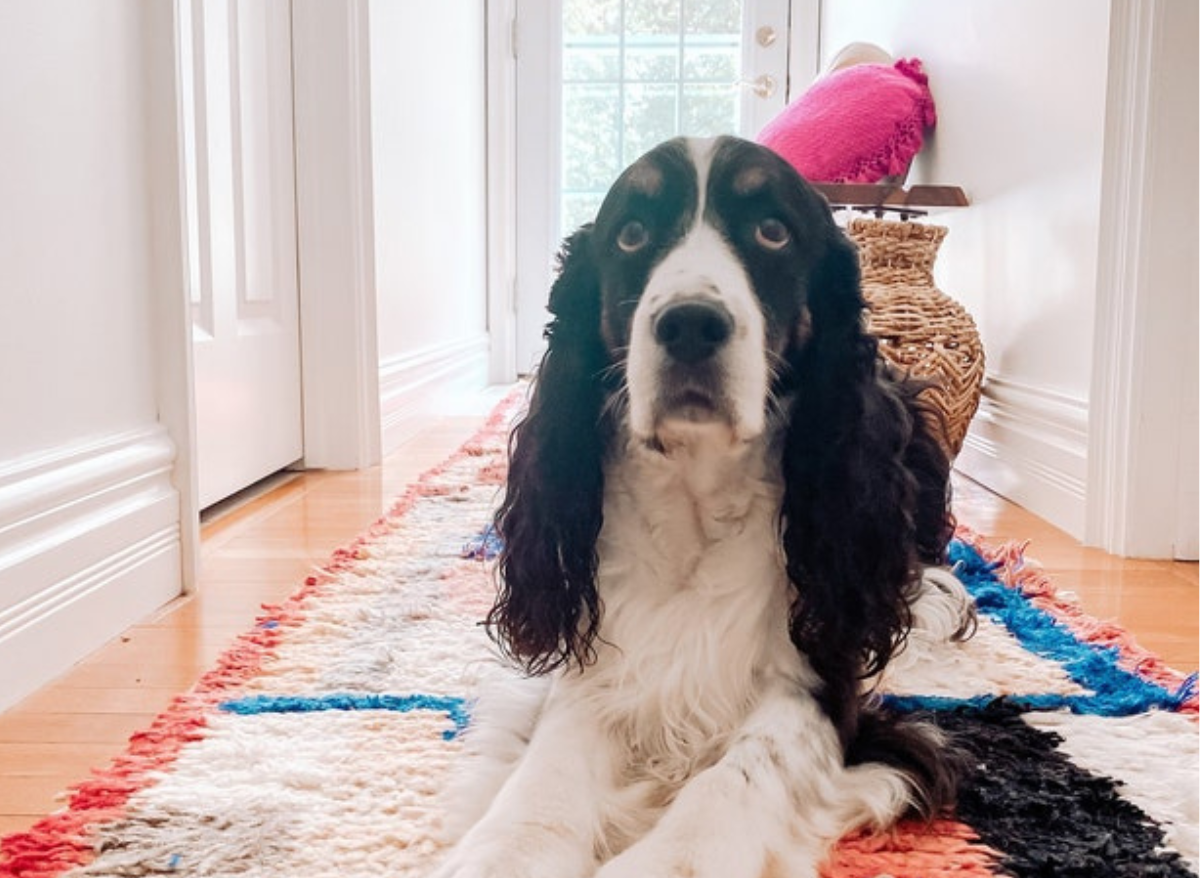Moroccan rugs have gained worldwide acclaim for their exquisite craftsmanship, intricate designs, and cultural significance. However, with the increasing demand for these rugs, the market has seen a rise in counterfeit products. In this comprehensive guide, we'll delve into the intricacies of authentic Moroccan rugs and provide you with the knowledge you need to distinguish them from counterfeit copies.
Understanding Authentic Moroccan Rug Characteristics
Authentic Moroccan rugs are steeped in tradition and craftsmanship, with each piece telling a unique story. One of the defining characteristics of authentic Moroccan rugs is their handmade nature. These rugs are crafted using traditional weaving techniques that have been passed down through generations. The Berber tribes of Morocco are renowned for their weaving skills, employing techniques such as the flat-weave kilim and the plush pile rug to create stunning masterpieces.
When examining an authentic Moroccan rug, you'll notice imperfections and irregularities that are a hallmark of its handmade origin. These imperfections, such as slight variations in the weave or color, add to the rug's character and charm. In contrast, counterfeit rugs often lack these imperfections, as they are mass-produced using machines.
Examining Weaving Techniques and Materials
The weaving techniques and materials used in Moroccan rugs play a crucial role in determining their authenticity. Authentic Moroccan rugs are crafted from natural materials such as wool, cotton, and sometimes silk. These materials are sourced locally and are prized for their durability and sustainability.
The weaving techniques employed in Moroccan rug making vary depending on the region and the tribal traditions of the weavers. The flat-weave kilim, for example, is known for its intricate geometric patterns and is often used for decorative purposes. On the other hand, the plush pile rug, known as the "Beni Ourain" rug, features a dense pile that provides warmth and comfort underfoot.

Decoding Authentic Design Elements
The design of a Moroccan rug is a reflection of the weaver's cultural heritage and artistic expression. Authentic Moroccan rugs feature a wide range of design elements, including geometric patterns, tribal motifs, and symbolic imagery. These designs are often passed down through generations and hold deep cultural significance for the Berber tribes of Morocco.
Geometric patterns are a common feature of Moroccan rugs, with motifs such as diamonds, triangles, and chevrons representing symbols of protection, fertility, and prosperity. Tribal motifs, such as zigzags and diamonds, are unique to specific Berber tribes and serve as a form of tribal identification.
Symbolic imagery is also prevalent in Moroccan rug design, with motifs like the evil eye, the Tree of Life, and the Hand of Fatima representing protection and good fortune. These symbols are believed to ward off evil spirits and bring blessings to the home.
Conducting a Visual Inspection
A visual inspection is essential when assessing the authenticity of a Moroccan rug. Take the time to closely examine the rug's weave, knot density, and color palette to determine its quality and craftsmanship. Authentic Moroccan rugs often exhibit signs of wear and age, such as fading colors and frayed edges, which add to their authenticity and value.
When inspecting the weave of a Moroccan rug, pay attention to the symmetry and consistency of the pattern. Authentic rugs typically feature an irregular weave, with slight variations in the size and shape of the knots. In contrast, counterfeit rugs may have a more uniform weave, as they are mass-produced using machines.
The knot density of a Moroccan rug is another indicator of its authenticity. Authentic rugs typically have a higher knot density, resulting in a denser and more durable pile. Counterfeit rugs, on the other hand, may have a lower knot density, resulting in a looser and less durable pile.
Finally, consider the color palette of the rug. Authentic Moroccan rugs are known for their rich and vibrant colors, which are achieved using natural dyes derived from plants, minerals, and insects. These colors may fade over time due to exposure to sunlight and wear, but they will retain their beauty and depth. Counterfeit rugs may use synthetic dyes, which can appear dull and flat in comparison to natural dyes.

Researching the Rug's Provenance
Researching the provenance of a Moroccan rug can provide valuable insights into its authenticity and cultural significance. Start by asking the seller for information about the rug's history, including details about the weaver, the region where it was made, and any cultural symbolism associated with the design.
Consulting reputable sources and experts in the field of Moroccan rugs can also help verify authenticity and provide additional context. Look for books, articles, and online forums dedicated to Moroccan rug weaving, where you can learn more about the techniques, traditions, and symbolism associated with these beautiful works of art.
Avoiding Common Pitfalls and Red Flags
When shopping for a Moroccan rug, it's essential to be aware of common indicators of counterfeit products. Synthetic materials, machine-made construction, and overly perfect designs are all red flags that may



